This article was co-authored by Pippa Elliott, MRCVS. Dr. Elliott, BVMS, MRCVS is a veterinarian with over 30 years of experience in veterinary surgery and companion animal practice. She graduated from the University of Glasgow in 1987 with a degree in veterinary medicine and surgery. She has worked at the same animal clinic in her hometown for over 20 years.
There are 7 references cited in this article, which can be found at the bottom of the page.
This article has been viewed 24,344 times.
Conjunctivitis is a common condition that affects the eyes of dogs. Conjunctivitis refers to the redness of the membrane over the globe of the eye and that lines the eyelids, including the dog's third eyelid in the middle corner of the eye.[1] The condition has many causes, and it's important that your vet identifies the underlying reason so that appropriate treatment can be given.
Steps
Recognizing The Symptoms of Conjunctivitis
-
1Look for red eyes. The most common symptom for conjunctivitis is red or bloodshot eyes. This redness affects the white of the eye, but it can also affect the lining of the eyelid or the surface of the third eyelid.[2]
-
2Check for swollen eyelids. Since conjunctivitis leads to irritation, the eyelids may be swollen. This can be the eyelids or any other soft tissue of your dog’s eyes. It may have a puffy, enlarged appearance.[3]Advertisement
-
3Monitor for any discharge. Another symptom of conjunctivitis is a discharge from the eye. This discharge may appear in different ways. Becuase of the discharge, the eye may have crust around it or stick together completely.[4]
- It may be clear, which leads to dampness around the eyes.
- The discharge may contain mucus or pus. This may be yellow-green, or a thick, tacky, and glue-like substance coming from the eye.
-
4Watch for squinting. Because conjunctivitis bothers a dog’s eyes and causes swelling, your dog may squint or blink a lot. This may be combined with swollen eyelids.[5]
-
5Notice if your dog rubs her face. Conjunctivitis causes irritation in the eye. Due to this, your dog may rub her face along the ground to try to relieve it. She may also paw at her eyes often.[6]
-
6Be aware of any non-eye related symptoms. Conjunctivitis may present along with other symptoms not present in the eye. These secondary signs include sneezing, feeling lethargic, coughing, sickness, and diarrhea [7]
- These secondary signs are connected to many other conditions. Therefore, it is imperative that you take your dog to the vet as soon as you notice any eye problems.
-
7Keep the causes of conjunctivitis in mind. Many people use the term conjunctivitis to mean an eye infection, although infection is only one of several possible causes of inflammation of the eye. The most common causes of conjunctivitis are:[8]
- Infection
- General illness, like a respiratory tract infection
- Trauma to the eye
- Dry Eye
- Allergies
- Irritants
- Foreign Bodies
- Autoimmune Disease
- Eyelid Conformation
Diagnosing Conjunctivitis In Dogs
-
1Take your dog to the vet. If you believe your dog has conjunctivitis, you need to take her to the vet. The vet will be able to diagnose and treat your dog.[9]
-
2Provide the vet with a history. When you take your dog to the vet, you should provide him with as much information about your dog as you can. The vet will be alert for things that might have caused the conjunctivitis, like signs of trauma, such as scratches on the skin from trees or a cat fight, the vaccination history, and use of aerosol sprays around the dog.[10]
-
3Get a physical exam. The vet will give your dog a thorough physical examination of the eye. This is enough to reach a diagnosis of conjunctivitis. The vet will check to see if the symptoms are due to another illness. He will also be alert for contributing factors, such as hair rubbing on the eye, poor eyelid conformation, and patterns or trends the dog has of recurrent conjunctivitis problems.[11]
- The vet will look for any foreign objects in the eye and any damage to the parts of the eye.
- If you dog is squinting or blinking a lot, the vet may have to give her an anesthetic eyedrop to help numb the pain so he can perform the exam.
-
4Rule out other issues. The vet will want to rule out other issues it could be. Respiratory tract infections can have conjunctivitis as a side effect, so the vet would want to treat the infection in addition to the conjunctivitis.
- In rare cases, it might be a more severe problem, like corneal ulcers. The vet checks for this by placing a special orange dye called fluorescein into the eye. This stains damaged tissue on the surface of the cornea green. The vet may also wish to rule out dry eye.[12]
-
5Treat conjunctivitis. If no underlying cause is found, the vet will treat the eye against infection. He may prescribe antibiotic drops or ointment that will need to be applied to the eyes. In some cases, the vet will also prescribe an oral antibiotic. If the conjunctivitis is due to an underlying condition, like a respiratory tract infection, the vet will prescribe medicine for that.[13]
- If the patient is not better at the follow up exam five to seven days later, then the vet may swab the eye and send it away for culture. This tells the vet if bacteria are present, and which antibiotics will kill them. If no bacteria are present, then an allergy is more likely and the vet may prescribe steroid drops.
- In severe cases, an underlying condition, like entropion, may require surgery.[14]
-
6Learn how to prevent conjunctivitis. While you can’t always monitor what your dog gets in her eye, especially when she’s outside, you can still take measures to prevent conjunctivitis. Keeping your dog away from smoke and aerosol sprays, watching her while she plays, and trying to reduce situations where eye trauma might occur can help reduce the risk of your dog getting conjunctivitis.[15]
- Since conjunctivitis is associated with canine distemper, making sure that your dog has up-to-date vaccinations may lower the risk.
References
- ↑ https://vcahospitals.com/know-your-pet/conjunctivitis-in-dogs
- ↑ https://www.akc.org/expert-advice/health/dog-eye-infections/
- ↑ https://www.petmd.com/dog/conditions/eyes/c_dg_conjunctivitis
- ↑ https://www.petmd.com/dog/conditions/eyes/c_dg_conjunctivitis
- ↑ https://vcahospitals.com/know-your-pet/conjunctivitis-in-dogs
- ↑ https://www.pdsa.org.uk/pet-help-and-advice/pet-health-hub/symptoms/conjunctivitis-in-dogs
- ↑ https://vcahospitals.com/know-your-pet/conjunctivitis-in-dogs
- ↑ https://www.akc.org/expert-advice/health/dog-eye-infections/
- ↑ https://www.akc.org/expert-advice/health/dog-eye-infections/
- ↑ https://www.msdvetmanual.com/dog-owners/eye-disorders-of-dogs/disorders-of-the-conjunctiva-in-dogs
- ↑ https://www.msdvetmanual.com/dog-owners/eye-disorders-of-dogs/disorders-of-the-conjunctiva-in-dogs
- ↑ https://www.pdsa.org.uk/pet-help-and-advice/pet-health-hub/symptoms/conjunctivitis-in-dogs
- ↑ https://www.msdvetmanual.com/dog-owners/eye-disorders-of-dogs/disorders-of-the-conjunctiva-in-dogs
- ↑ https://vcahospitals.com/know-your-pet/eyelid-entropion-in-dogs
- ↑ https://www.akc.org/expert-advice/health/dog-eye-infections/
About This Article
To diagnose conjunctivitis in your dog, watch for common symptoms like red, swollen eyes, discharge from the eyes, sneezing, coughing, and acting lethargic. If your dog has any of these symptoms, you should take it to the vet so they can diagnose it and recommend the best treatment plan. Once the vet determines your dog has conjunctivitis, you may need to give it antibiotic eye drops or medicine to treat the condition. To learn how to prevent conjunctivitis in the future, read more from our Veterinary co-author.
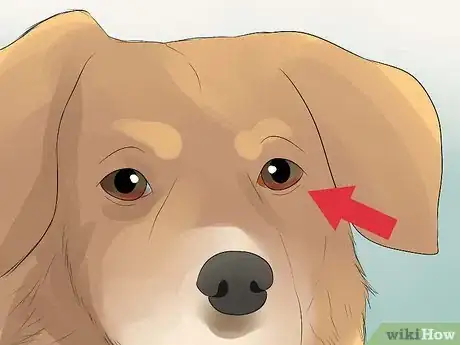
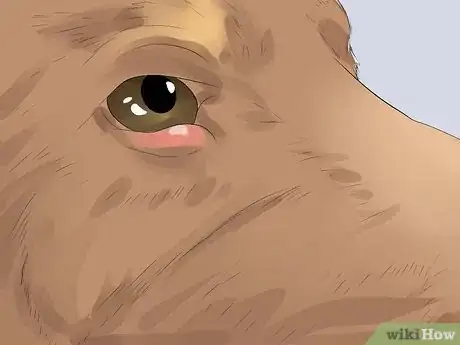
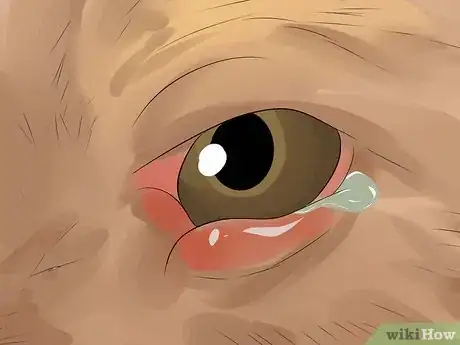
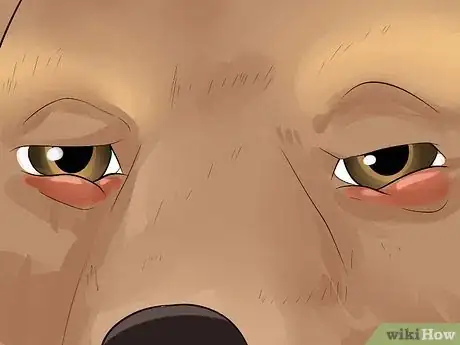

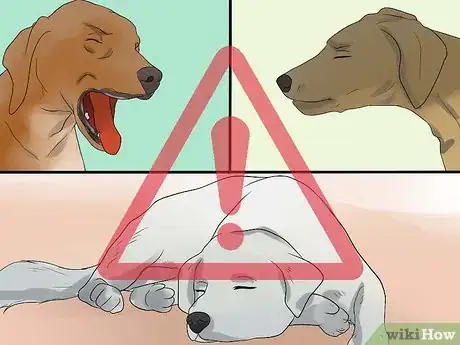
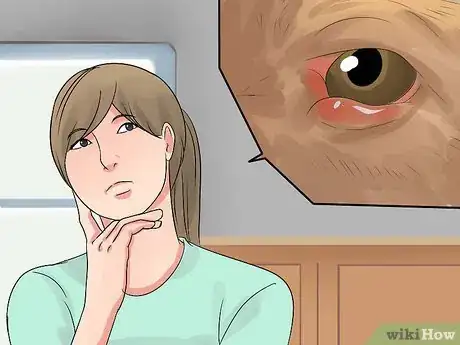
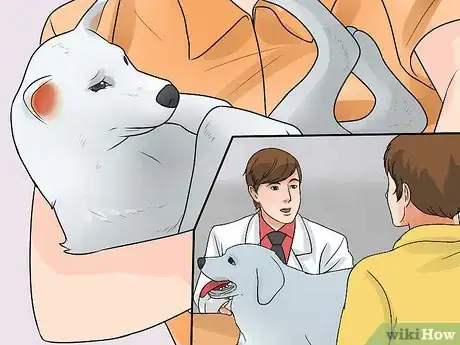
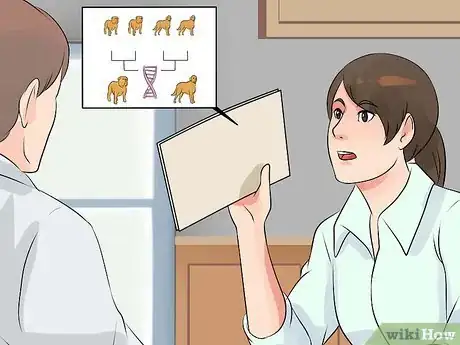
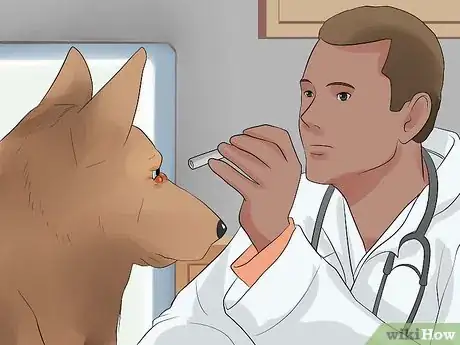
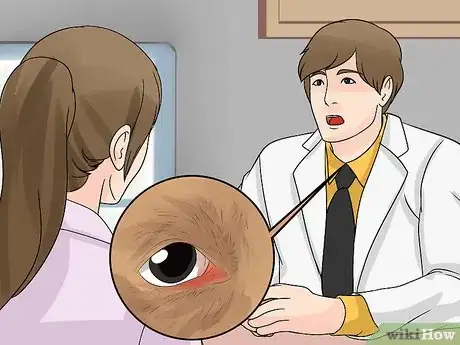

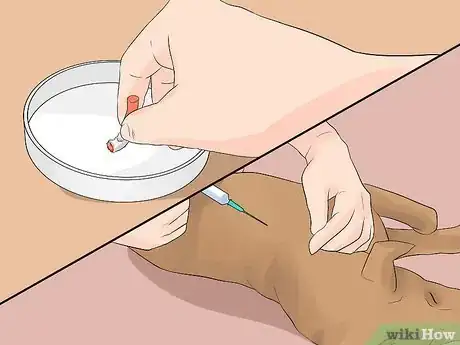
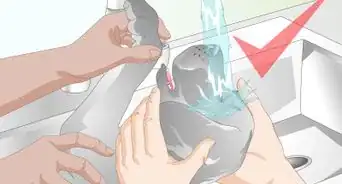

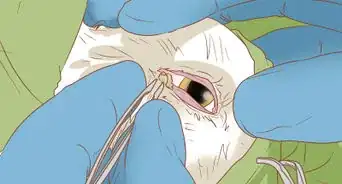
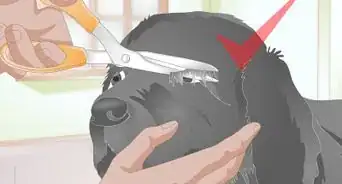

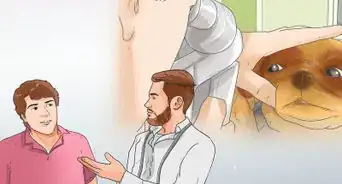

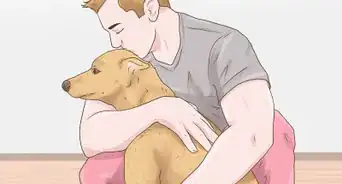
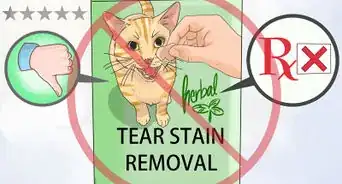

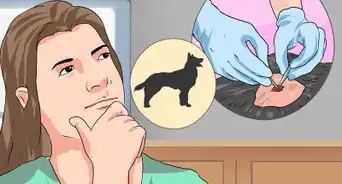
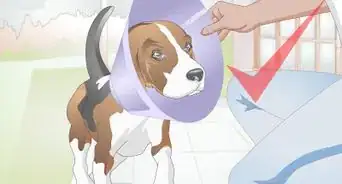









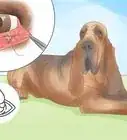

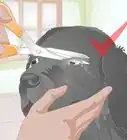



































Medical Disclaimer
The content of this article is not intended to be a substitute for professional medical advice, examination, diagnosis, or treatment. You should always contact your doctor or other qualified healthcare professional before starting, changing, or stopping any kind of health treatment.
Read More...